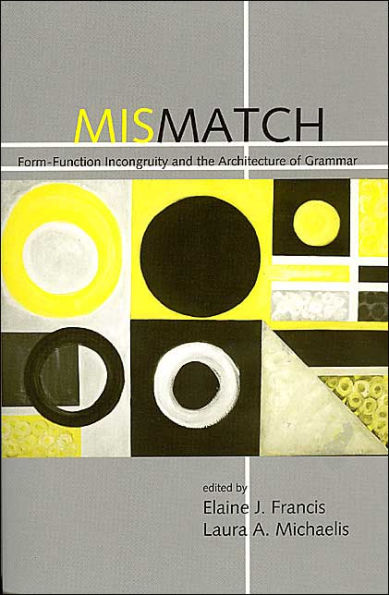Mismatch: Form-Function Incongruity and the Architecture of Grammar
Linguistic mismatch phenomena involve semiotic functions that attach to forms in defiance of grammatical design features. Noun phrases, when used as predicates, provide one example: how do predicate nominals correspond to our theories of what nouns mean? How do such phenomena challenge traditional conceptions of grammar? How do competing theories of the syntax-semantics interface stand up when confronted with mismatch phenomena? Mismatch addresses these questions through the efforts of some of the most original thinkers in syntactic and semantic theory, exploring a wide variety of mismatch phenomena in a broad sampling of languages.
1113053831
Mismatch: Form-Function Incongruity and the Architecture of Grammar
Linguistic mismatch phenomena involve semiotic functions that attach to forms in defiance of grammatical design features. Noun phrases, when used as predicates, provide one example: how do predicate nominals correspond to our theories of what nouns mean? How do such phenomena challenge traditional conceptions of grammar? How do competing theories of the syntax-semantics interface stand up when confronted with mismatch phenomena? Mismatch addresses these questions through the efforts of some of the most original thinkers in syntactic and semantic theory, exploring a wide variety of mismatch phenomena in a broad sampling of languages.
30.0
Out Of Stock
5
1

Mismatch: Form-Function Incongruity and the Architecture of Grammar
300
Mismatch: Form-Function Incongruity and the Architecture of Grammar
300
30.0
Out Of Stock

Product Details
| ISBN-13: | 9781575863849 |
|---|---|
| Publisher: | Center for the Study of Language and Inf |
| Publication date: | 09/01/2002 |
| Series: | Lecture Notes , #163 |
| Edition description: | 1 |
| Pages: | 300 |
| Product dimensions: | 6.00(w) x 9.00(h) x 1.10(d) |
From the B&N Reads Blog
